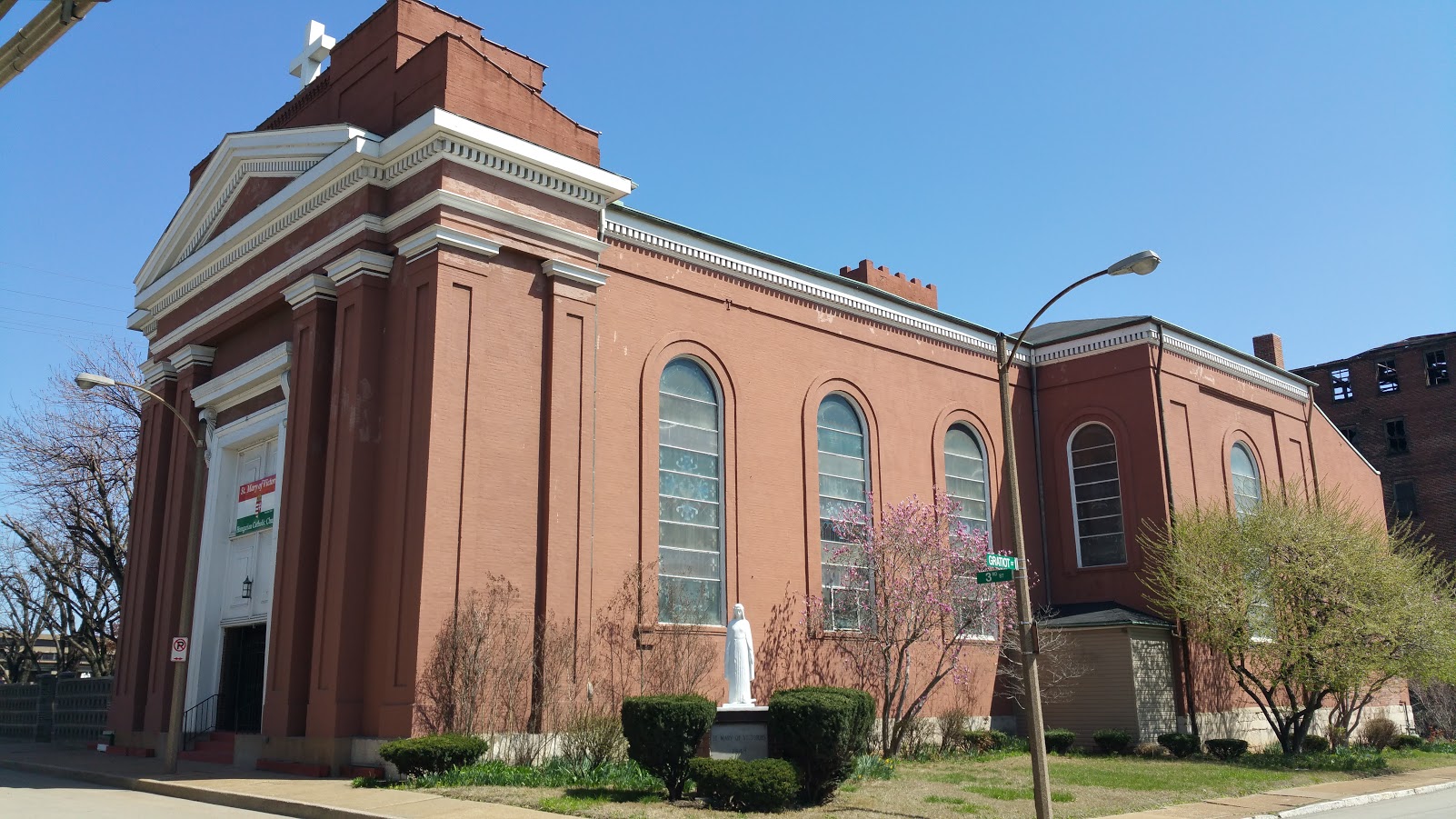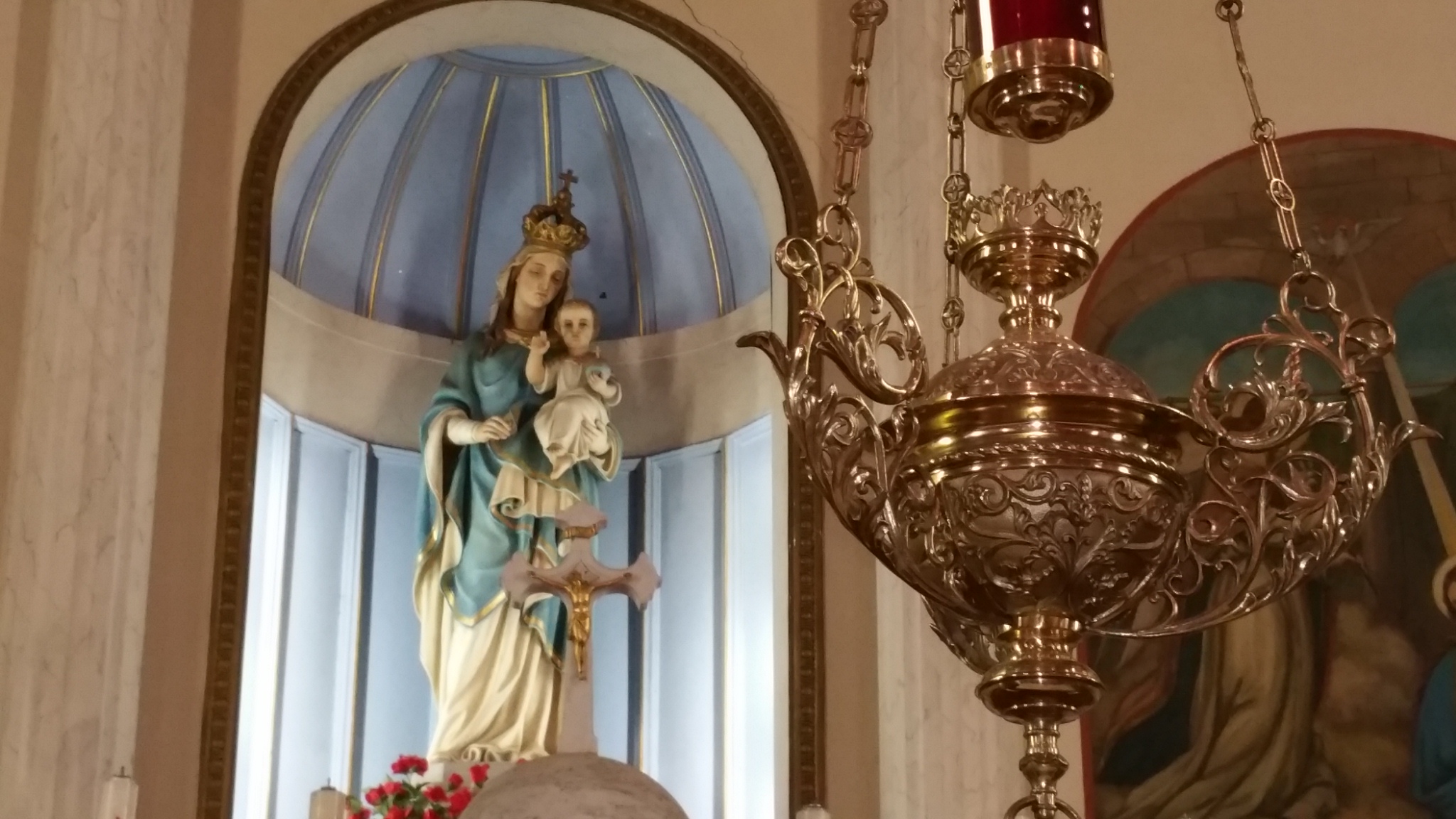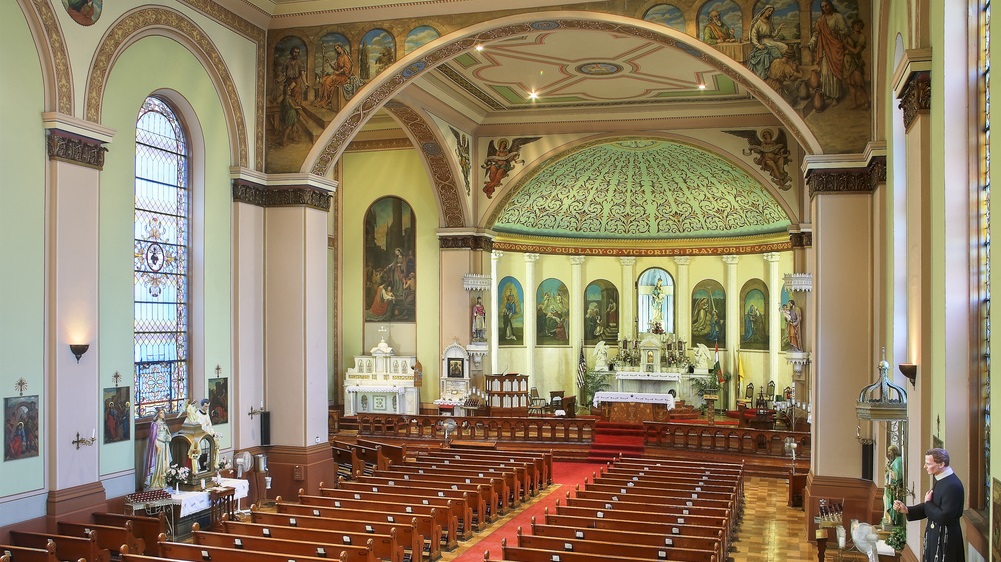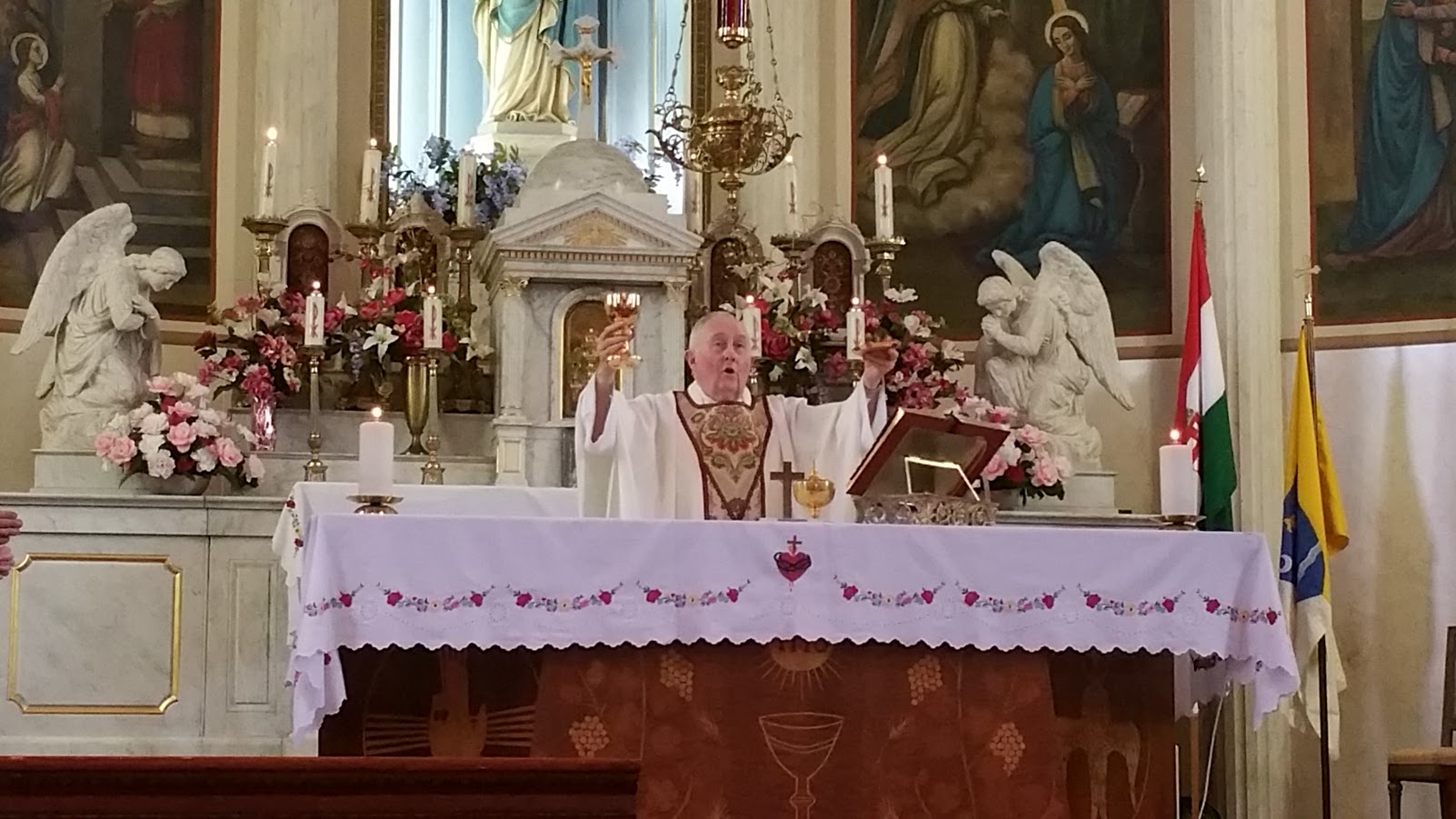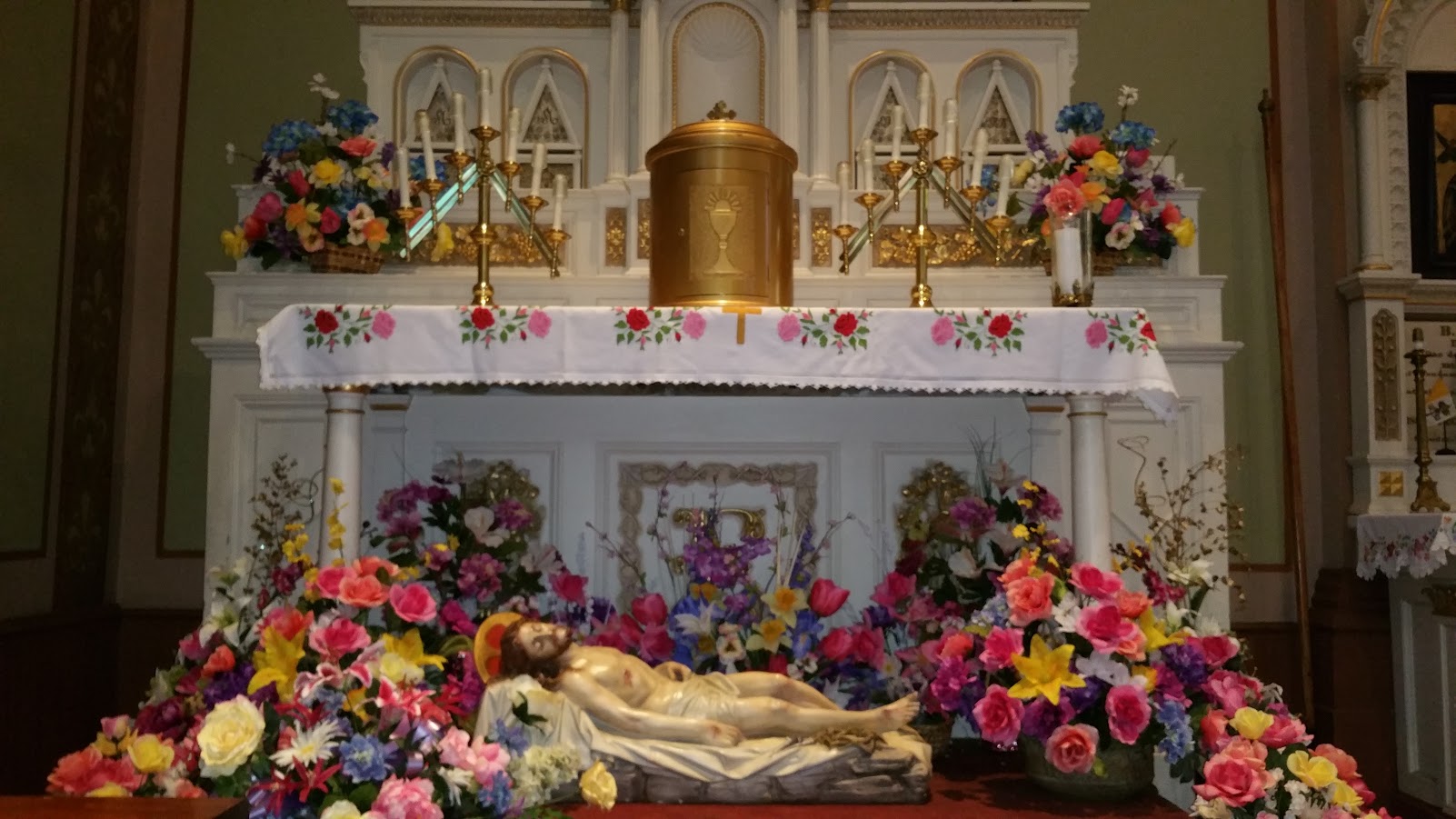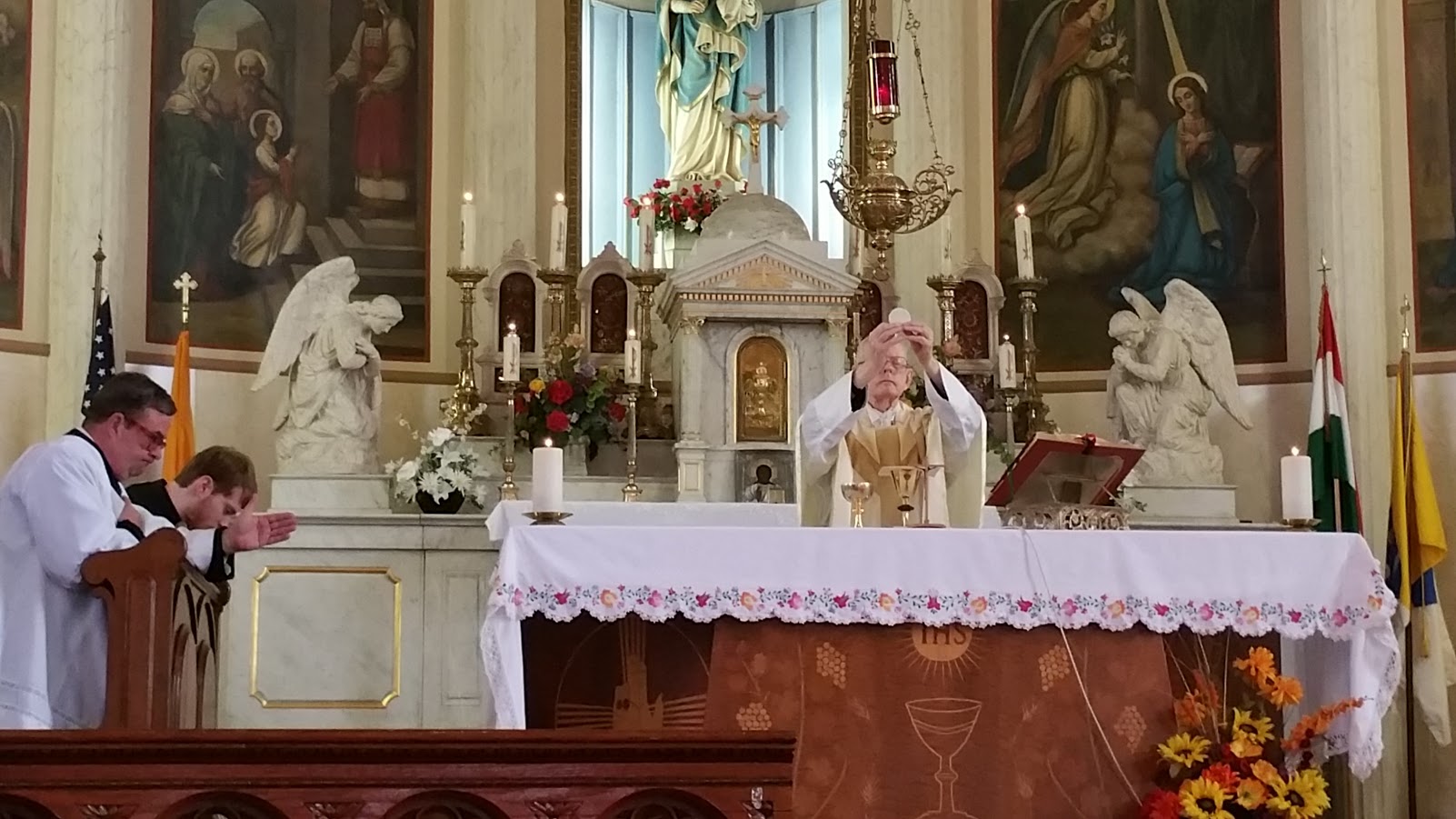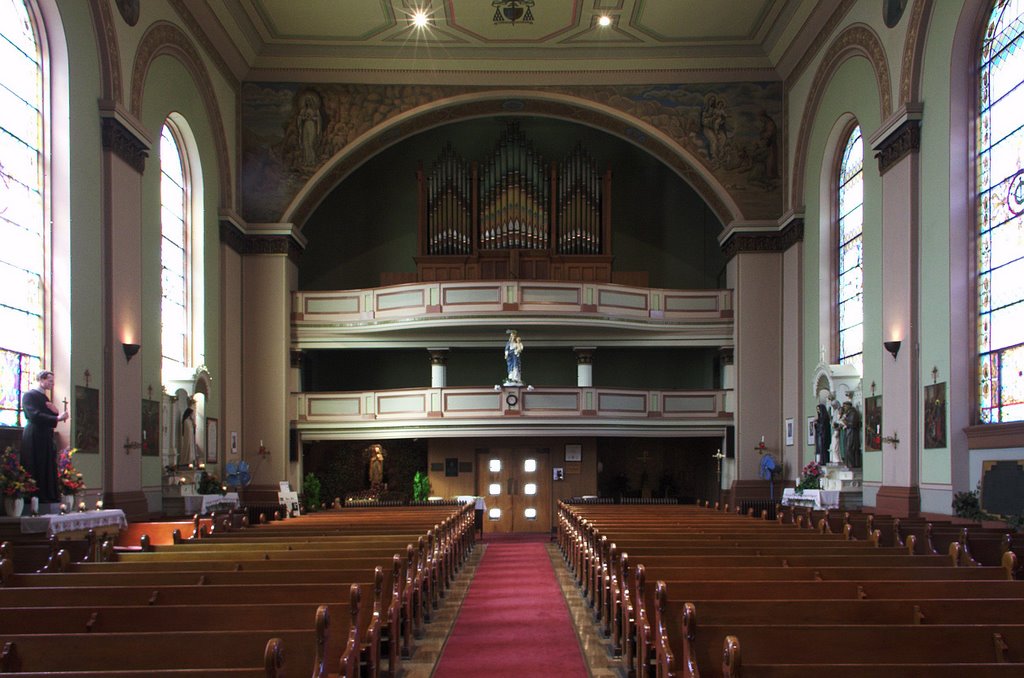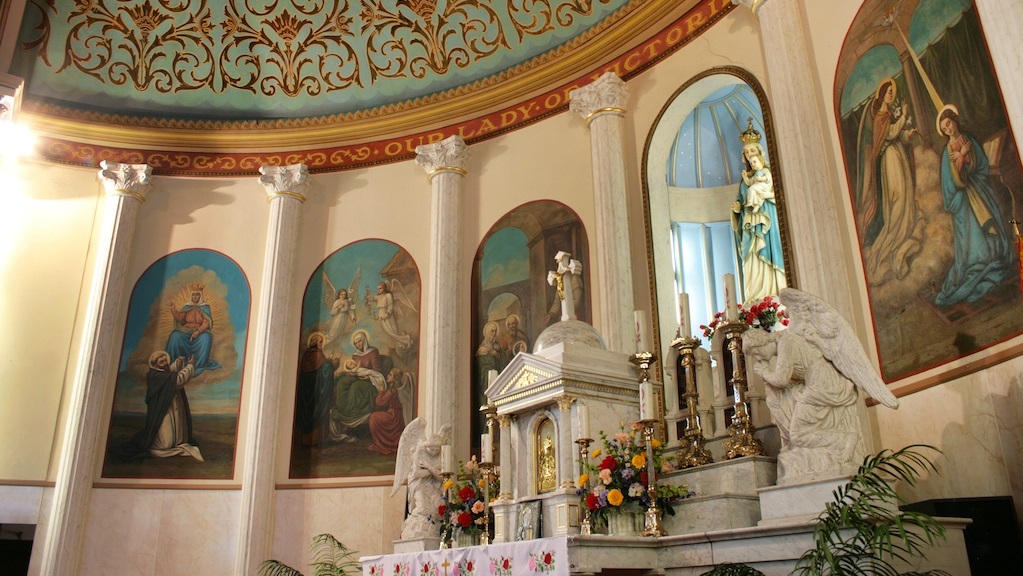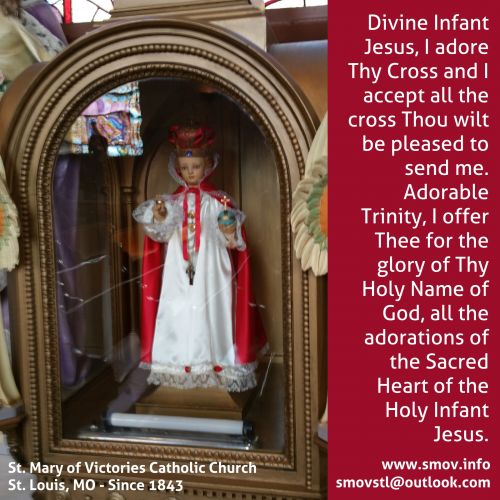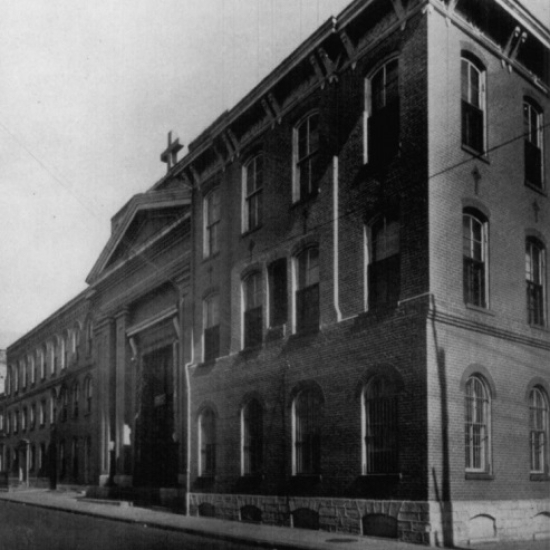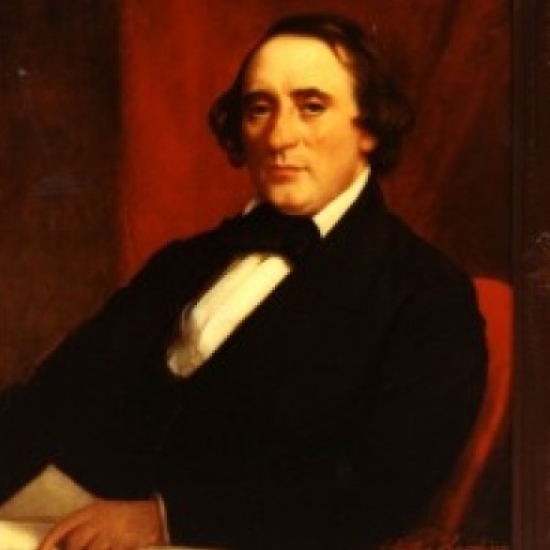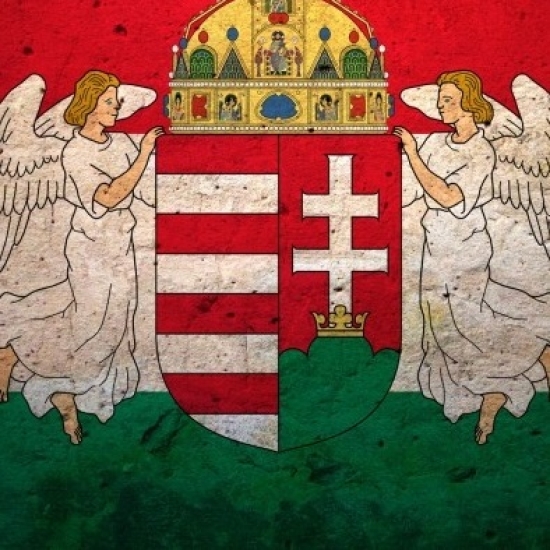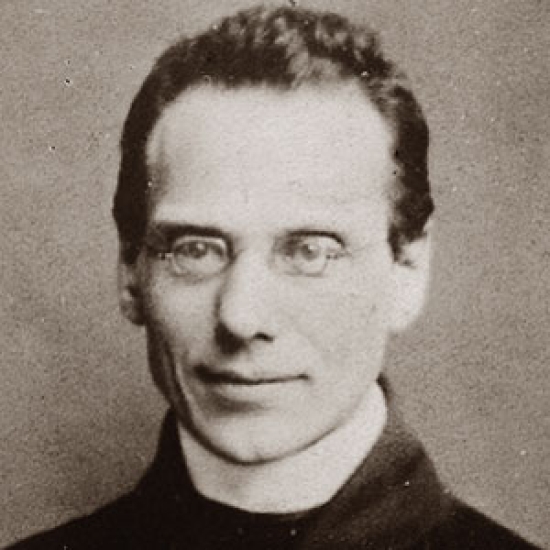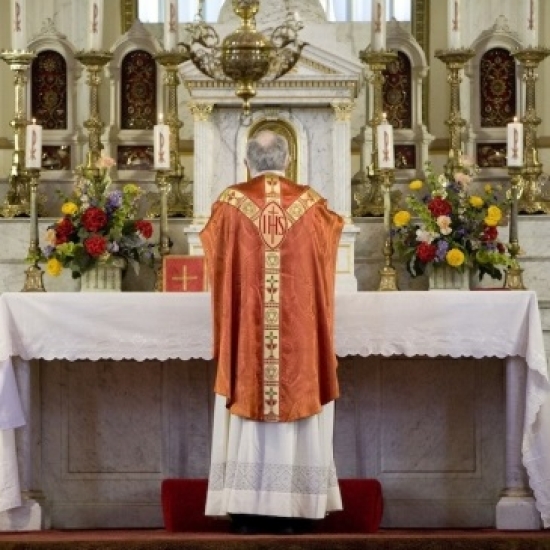5 March 2017, 1st Sunday of Lent (Year A)
Introit: Invocabit me
Gospel Acclamation: L6, V2H, p. 3. Lectionary verse.
Offertory: Jesus, meek and lowly, p. 347
Communion: Scapulis suis
Recessional: Forty days and forty nights, p. 241
Ordinary from Mass XVII, PBC, p. 71. Credo I, PBC, p. 75
Our Lord's temptation while fasting in the desert has long been the Gospel pericope of this Sunday, and the links there of fasting, desert, and temptation underly the texts for many of the Mass chants as well as many Lenten hymns. Dom Johner's opening comments on today's formulary give us a good example of the many chant commentators who take up this theme:
In the temptation of Christ, the tempter quotes verses of Psalm 90. Now he must hear these verses, applied in their proper sense, of course, many a time during the Lenten season. A fine irony is revealed thereby. Today, in fact, the chants are taken exclusively from that psalm. But there is another reason for the profuse employment of this psalm today: it is the song which best expresses confidence in God. Now that the great days of penance and mortification are at hand, and we give ourselves entirely to God, we are, according to the teaching of the current liturgy, justified in relying on the special protection of the Most High. He will guard His own against all the enemies of the soul, against sin and concupiscence and the evil spirit.
The Introit antiphon has three phrases:
- Invocabit me, et ego exaudiam eum:
- eripiam eum, et glorificabo eum:
- longitudine dierum adimplebo eum.
This may seem an odd Introit to launch a season of penance and fasting. There is nothing of sadness or a downbeat here, but rather a text filled with confidence and triumph and a joyous melody in the declarative Mode 8. Right at the start of this solemn season of preparation for the passion, we are reminded that God will hear us, deliver us, and even glorify us with a glory that lasts for ever. It is a very Johannine understanding of the Passion that we find in this antiphon: the passion of Jesus—and ours too if we unite our lives to His—is His passover into glory.
So we have good reason to sing this antiphon with the quiet joy the melody conveys. The first phrase is held within the range of a fourth (sol-do), other than two quick dips down to fa. The word-accents are well defined and usually occur on the dominant do. The second phrase is built around the elegant glorificabo, which truly sings of glory. Glo-(ria) is like e-(go) of the first phrase, and eripiam resembles invocabit. The third phrase begins on the dominant, and assigns to dierum and eum the notation of eum in the second phrase. Adimplebo is the counterpart of glorificabo: the former has mi as its lowest note, the latter has mi as its highest. All the depths of the soul, be they ever so profound, will find their perfect satisfaction in the glory of God. The chant's parallel sentence structure, clear delineation and presentation, pleasing contrasts, and cadences are in synch with its message.
Many Lenten chants, readings, and prayers reflect the influence of the day's stational church, where the Roman clergy and faithful gather for the Mass of the day. The stational church today is St. John Lateran, the mother-church of all Christendom. It was originally dedicated to Christ our Saviour, under the patronage of St. John the Baptist. [Two centuries later it was rededicated, and St. John the Evangelist was added as a co-patron.] It is also the cathedral church of the diocese of Rome, and so it is where, at the Easter Vigil, the catechumens of Rome will experience this same powerful action of God in their lives as they receive the sacraments of initiation. They will be received into the life of the Church and, if they are faithful to their baptismal promises, one day enjoy glory in eternity. So the stational church is a clear reminder that Lent orients us toward Easter, and the renewal of our own baptismal promises. We'll hear more about this, especially on the 3rd and 4th Sundays.
The Communion antiphon has three phrases. N.B. The same text was just sung in the Offertory of this formulary, so the composer has chosen to omit the word Dominus in the Communion.
- Scapulis suis obumbrabit tibi [Dominus],
- et sub pennis ejus sperabis:
- scuto circumdabit te veritas ejus.
The melody clearly marks out the three phrases. Each phrase ascends in the first half, descends in the second, and then ends with the same cadence. The impact of the text and melody matches that of the Introit. God's protection is all around us (circum). He who deigns to dwell in us supports us, and we can rely on the safe harbour of His loving wings.
As we've seen before, something about birds makes chant composers prone to painting melodic pictures. We find another one here, as the melody over sub pennis ejus depicts the lifting up of the protecting wings, holding them to allow those seeking shelter to nestle underneath, and then dropping them again to protect those who are there. A fitting sentiment for us as we receive the body of the Pie Pelicane, in whose wings we find refuge.
